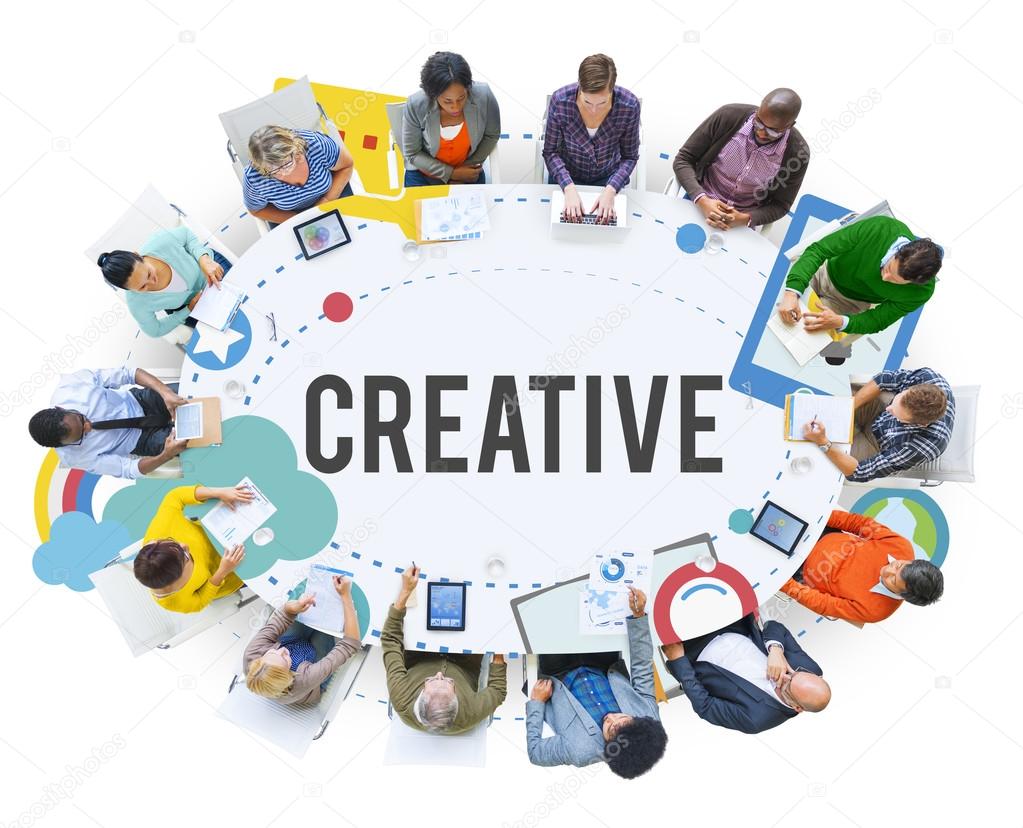Table Of Content

Please review the Program Policies page for more details on refunds and deferrals. Updates to your application and enrollment status will be shown on your account page. HBS Online does not use race, gender, ethnicity, or any protected class as criterion for admissions for any HBS Online program.
References & Where to Learn More
I recommend it to anyone wanting to work in the UX field, but not necessarily as a designer. We asked all learners to give feedback on our instructors based on the quality of their teaching style. The obstacles users face are often complex and contain other tangential issues happening simultaneously—in other words, symptoms of a larger problem. Designers must go beyond these symptoms to discover the underlying causes. No, each individual submits their own work in Design Thinking and Innovation, and all project work can be submitted without sharing it with others in the course.
Leading for Creativity
10th Mountain Division Sustainment Brigade hosts Innovative Technology Symposium - United States Army
10th Mountain Division Sustainment Brigade hosts Innovative Technology Symposium.
Posted: Fri, 19 Apr 2024 12:15:29 GMT [source]
Incorporating a social angle into your business model should not be an afterthought. Be inclusive, charitable, and mindful of less privileged communities and give back to society. The impact created in this way is much more meaningful and possibly create a ripple effect of positive and tangible outcomes for underserved communities. The Business Model Canvas by the Strategyzer team is a good tool to help teams plan out and experiment with business and marketing strategies.
The Five Stages of Design Thinking
Incorporating these technologies into the design process can result in innovative solutions that leverage the capabilities of modern tools. The agile nature of design innovation encourages rapid prototyping and constant iteration. By quickly testing and refining ideas, designers can uncover unforeseen challenges and opportunities early in the process. This iterative approach minimizes the risk of investing time and resources in a solution that may not meet user needs effectively. For example, teams may jump from the test stage to the define stage if the tests reveal insights that redefine the problem. Or, a prototype might spark a new idea, prompting the team to step back into the ideate stage.
What is Design Thinking?
These examples highlight the diverse applications of design innovation, from consumer electronics and transportation to healthcare and sustainable living. Each case demonstrates how thoughtful and creative design can lead to products and experiences that shape industries and improve the lives of users. Some people may experience dizziness from rapid movement in virtual reality.
User experience expert Don Norman describes human-centered design (HCD) as a more evolved form of user-centered design (UCD). The word "users" removes their importance and treats them more like objects than people. By replacing “user” with “human,” designers can empathize better with the people for whom they are designing. Don Norman takes HCD a step further and prefers the term People-Centered Design. The design sprint is a very structured version of design thinking that fits into the timeline of a sprint (a sprint is a short timeframe in which agile teams work to produce deliverables).
Repeating this loop of prototyping, testing, and gathering user feedback is crucial for making sure the design is right — that is, it works for customers, you can build it, and you can support it. You’ve brainstormed, come up with all sorts of ideas, and worked with your team to boil those ideas down to the ones you think may actually solve the problem you’ve defined. These are just a few of the tools we use to help our students interact with users, synthesize their insights, and confirm that they are solving the right problem. Design innovation flourishes in environments that encourage collaboration across disciplines.
You are encouraged to share with others and ask for feedback, but collaboration isn’t necessary to advance through the course. You will have access to the materials in every prior module as you progress through the program. Access to course materials and the course platform ends 60 days after the final deadline in the program. After enrolling in a program, you may request a withdrawal with refund (minus a $100 nonrefundable enrollment fee) up until 24 hours after the start of your program.
Design Thinking Fosters Social Innovation - Countercurrents.org
Design Thinking Fosters Social Innovation.
Posted: Fri, 26 Apr 2024 03:24:25 GMT [source]
What is Design Innovation? Definition, Impact, Strategies, Best Practices and Examples
It underscores the importance of understanding the problem thoroughly and carefully crafting the solution, making it a staple in many design and innovation processes. In the “Ideate” phase, the team synthesizes the insights gained to brainstorm a wide array of creative solutions. This stage encourages divergent thinking, where teams focus on quantity and variety of ideas over immediate practicality. The goal is to explore as many possibilities as possible without constraints. The team aims to understand the problem, typically through user research. Empathy is crucial to design thinking because it allows designers to set aside your assumptions about the world and gain insight into users and their needs.
We want to make sure you succeed, like the Class of 2024 — and feel right at home. In its 12th iteration, the ICAT Creativity + Innovation Day will be filled with exhibits, performances, and demonstrations designed to showcase how students and faculty use their expertise to tackle complex challenges. In order to successfully complete the program, students must not have more than 2 excused or unexcused absences.
We share user ID with Bugsnag and NewRelic to help us track errors and fix issues. Saves your settings and preferences, like your location, for a more personalized experience. Systems thinking is another approach to problem-solving that looks at the big picture instead of specific problems in isolation. Systems thinking has applications in various fields, such as medical, environmental, political, economic, human resources, and educational systems. Béla H. Bánáthy, founder of the White Stag Leadership Development Program, created the “divergence-convergence” model in 1996.
Only when you have deep empathy with your stakeholders, will you be able to identify the right problems to tackle or the right opportunities to take advantage of. That established empathy will then guide you to generate desirable solutions for them. Prototypes are important because they allow you to construct the solution and see how it might work without spending time and money developing a finished product. Doing so prematurely is likely to end up a waste of resources because many ideas that sound great on paper are not so in practice.
Design Thinking sounds like one of those things that should come naturally to designers. As a matter of fact, it is all about how design, or more specifically innovation, does not come naturally. It requires a careful strategy, a commitment to helping people and a holistic mindset. The program was developed by leading Harvard Business School faculty and is delivered in an active learning environment based on the HBS signature case-based learning model.
Bringing together professionals from design, engineering, marketing, and other fields fosters a diversity of perspectives. This diversity sparks creativity and ensures that the final product or solution is well-rounded and addresses various aspects of the problem at hand. "Witnessing the growth and creative evolution of our graduating students fills me with immense inspiration and pride," expressed Muhammad Rahman, Assistant Professor of the DAAP, School of Design. The program fee includes the unit fees for the UCLA coursework offered as part of the program and thus varies by UC student status.
This module provides you with an understanding of the first step in any design innovation project, which we refer to as design thinking. We discuss its role in the human-centred design process and how it relates to innovation. The module will also examine some of the tools used to collect data about users and customers. Industry experts explain the role of this step and the methods they use through concrete case studies.

No comments:
Post a Comment